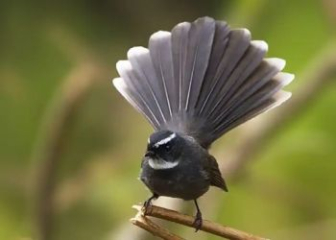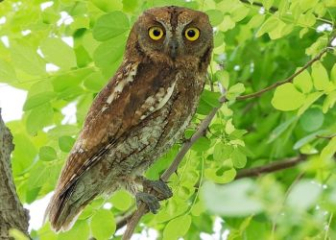Lovebird Parrot - A colorful little love parrot
Blog | by
Lovebird parrots (love parrots, peony parrots) are small parrots originating from Africa, with diverse colors, friendly temperament, and faithful to their partners.
Lovebirds parrot (also known as love parrots, peony parrots) are one of the most popular pet parrots in the world. They have a small, cute, lovely appearance with many different color variations. They are friendly, affectionate and very loyal to their partners. Although they cannot talk like other large parrots, they are very intelligent and easy to raise.
In today's article, let's learn more about the origin, classification and how to raise Lovebird parrots in detail from A to Z !
Information about nicebirds :
|
Scientific name |
Agapornis spp |
|
Common name |
Lovebird parrot, love parrot, peony parrot |
|
Source |
Africa |
|
Size |
13 - 17 cm |
|
Weight |
40 - 60 grams |
|
Lifespan |
10 - 15 years |
Origin of Lovebird Parrot
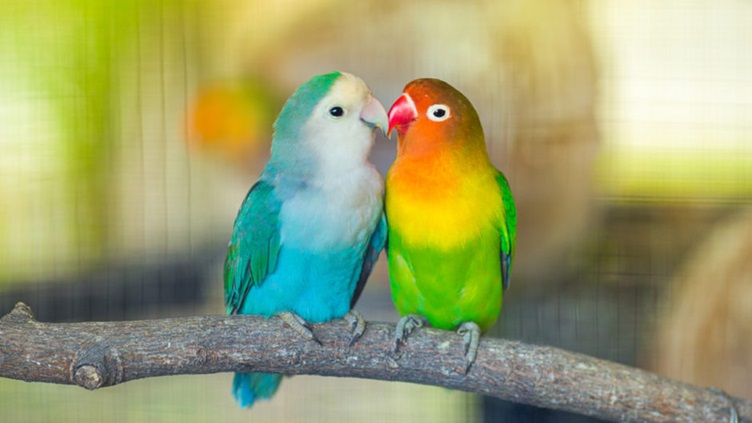
Two Lovebirds standing next to each other very affectionately.
Lovebird parrots originate from Africa, specifically the regions south of the Sahara desert such as: South Africa, Angola, Tanzania, Mozambique, Ethiopia, Kenya,...
They often live in dry grasslands, sparse forests, savannas, places near water sources and with dense vegetation.
The name “Agapornis” comes from Greek, meaning:
- Agape (αγάπη) = love
- Ornis (ὄρνις) = bird
⇒ The word "Love Bird" is used to refer to the stable pairing habit of this bird species.
Lovebirds were discovered and kept as pets in the 19th century. By the early 20th century, they were brought to Europe and then spread around the world for the purpose of keeping them as pets.
Lovebird Parrot Classification
Currently, there are nine main recognized species of Lovebird parrots, which fall into two large groups:
Eye-ring group

Two Lovebirds with white rings around their eyes.
This is a popular group of Lovebirds in the bird world, easily distinguished by the distinct white rings around the eyes, they include the following species:
|
Common name |
Scientific name |
Source |
Physical characteristics |
|
Lovebird Fischer |
Agapornis fischeri |
Tanzania |
Orange head, yellow chest, green back and wings, white eye circles |
|
Black Face Lovebird (Masked) |
Agapornis personatus |
Tanzania |
Black or dark brown head, yellow neck, green body, white-rimmed eyes |
|
Lovebird Nyasa |
Agapornis lilianae |
Malawi, Mozambique |
Light orange head, orange-yellow thorax, green body, with small white rings around the eyes |
|
Lovebird wearing glasses |
Agapornis nigrigenis |
Zambia |
Face is black-brown, chest is orange, body is dark green, with large white rings around the eyes. |
Non-Eye-ring group (no white ring around the eye, non - Eye-ring group)
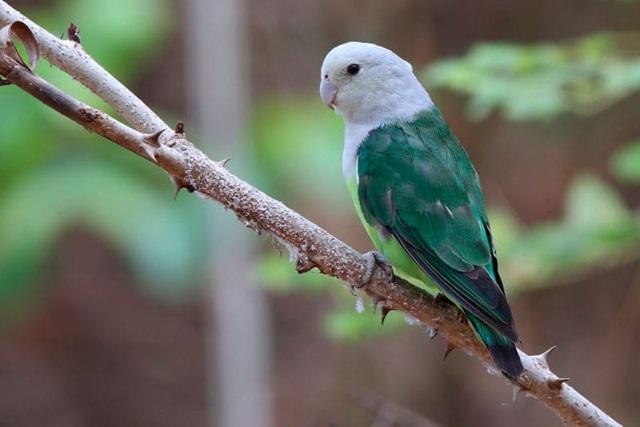
Gray-headed Lovebird parrot image without eye rims.
This is a rather rare and uncommon line in the bird world. They include some species as follows
|
Common name |
Scientific name |
Source |
Physical characteristics |
|
Peach-faced Lovebird |
Agapornis roseicollis |
Angola, Namibia |
Face and chest are pink or red. Body is green, no white ring around eyes. |
|
Lovebird Madagascar (Gray-headed) |
Agapornis canus |
Madagascar |
Wings and body are light blue, head and chest are ash gray (male), female is blue all over |
|
Lovebird Swimmer |
Agapornis swindernianus |
Central Africa (rare) |
The whole body is green, the neck has a thin black ring, rarely seen in nature. |
|
Black-tailed Lovebird |
Agapornis pullarius |
Central – West Africa |
Orange head, green body, black-edged tail, very difficult to tame |
Color Mutant Lovebird Lines
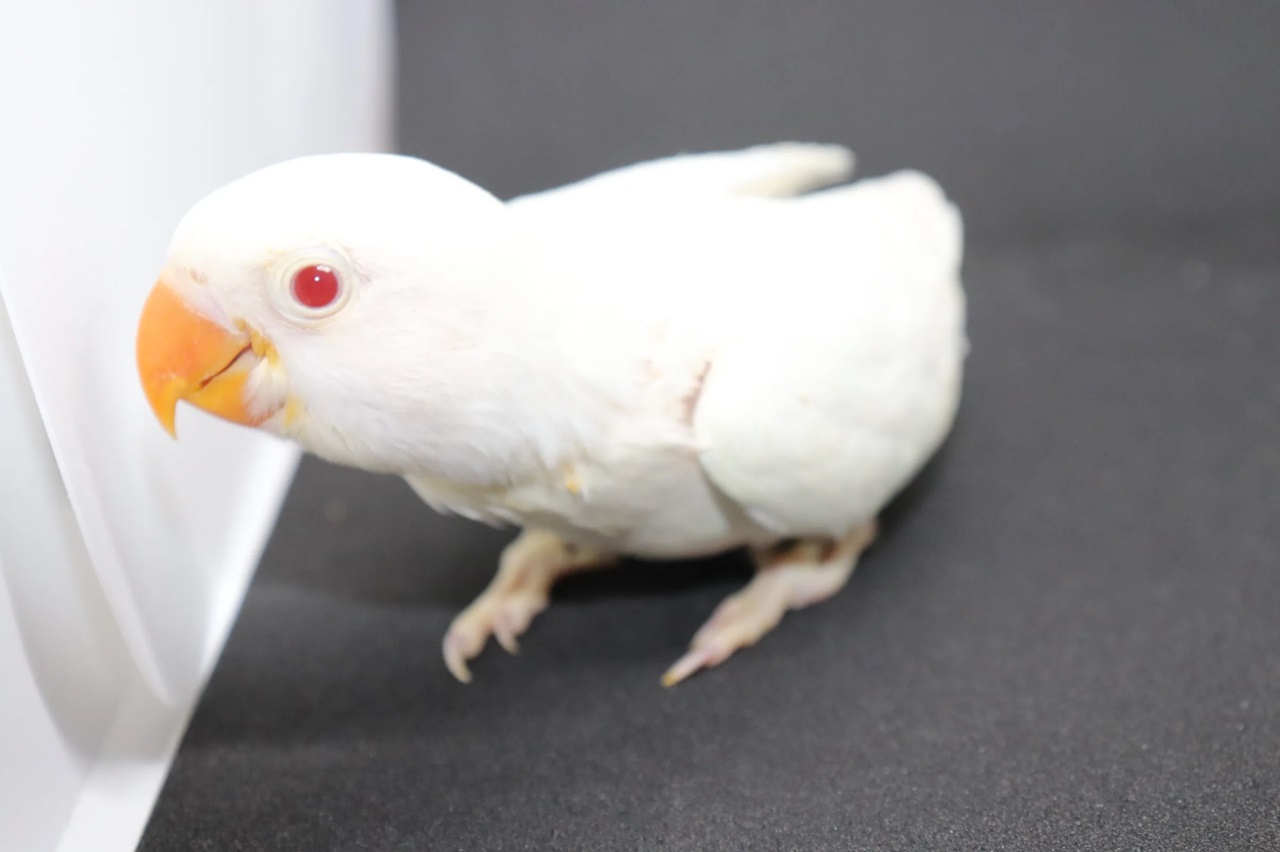
An albino Lovebird parrot with pure white feathers and red eyes.
Nowadays, Lovebird parrots are bred to produce many beautiful colors to serve the needs of pets. They are often crossbred from the Agapornis roseicollis (pink-faced Lovebird) x Agapornis personatus (black-faced Lovebird) line. Some prominent color variations are as follows:
- Lovebird lutino
- albino lovebird
- Lovebird Blue series
- Lovebird violet mutation
- Lovebird Cinnamon
- Lovebird pied
- Lovebird Turquoise.
Lovebird Parrot Appearance

A Lovebird parrot has a small, chubby body.
Although divided into many different groups, in general, Lovebird parrots have the following common physical characteristics:
- Size : 13 - 17 cm
- Weight : 40 - 60 grams
- Shape : Compact, plump, strong
- Tail : Short, fan-shaped
- Wings : Moderately short.
- Beak : Big, curved, strong
- Eyes : Round, flexible.
- Natural coat color : Orange/pink face, black/brown head, light orange head, yellow belly, green body
- Mutant fur color : Blue, purple, yellow, white, mottled, gray,...
- Distinguishing between male and female : Difficult to distinguish with the naked eye.
Lovebird Parrot Behavior
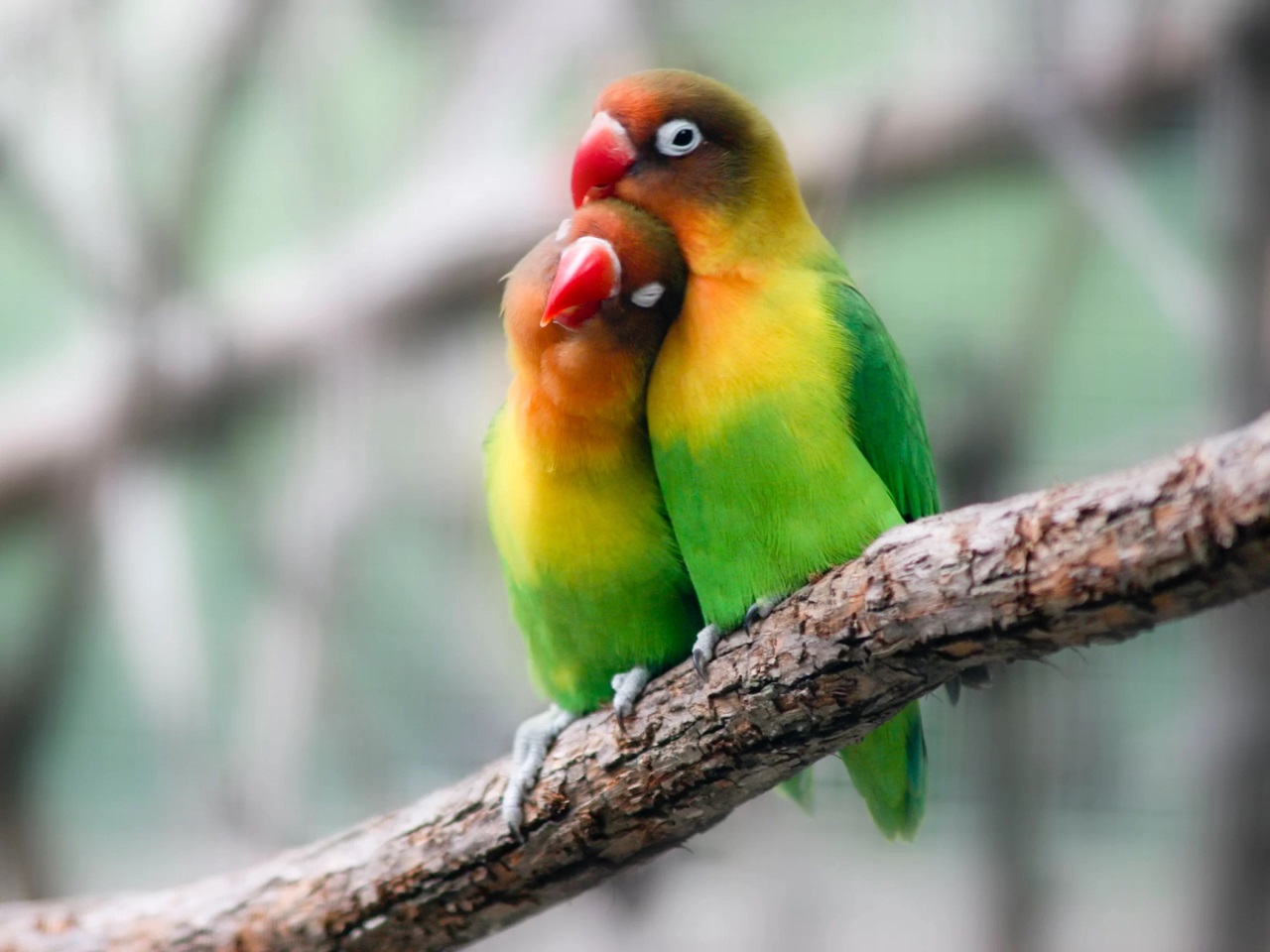
A pair of Lovebird parrots cuddling.
Let's learn more about the habits of Lovebirds to see if they are different from other large parrots!
Usually live in pairs, very faithful
Lovebirds are famous for being loyal parrots, once paired, they almost never leave each other. In captivity, if you accidentally pair them wrong or raise 2 of the same sex, they will still stick together, preen their feathers and even sleep next to each other.
Perhaps because of this affectionate personality, Lovebirds are also known as love parrots.
Highly social, likes to live in packs
Lovebirds always live in flocks. If kept alone, they will feel lonely and bored, so you need to interact with them regularly and it is best to keep them in pairs or a small group to make them happier and more active.
Active, curious
Lovebird is a very active bird, it likes to fly and explore around. They also like to play with colorful toys, especially swings, bells, stairs,...
Communicate through sound
Lovebirds communicate with each other by chirping and making pleasant chirping sounds. Some individuals can learn simple whistles or other familiar sounds. When frightened or angry, they may make louder calls.
Careful grooming and nesting
Lovebirds love to preen each other's feathers or groom their own. When it comes to breeding season, female birds often bring back a lot of straw, trash, and scraps of paper to make nests, this is the instinct of this bird species.
Lovebird Breeding Guide from A to Z
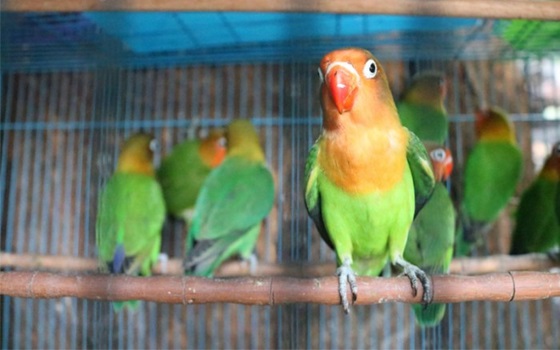
Lovebird cages should be equipped with multiple perches.
Lovebird is a very popular parrot in Vietnam because it is cheap and easy to care for. However, to help your lovebird grow well and live long, please refer to the instructions below!
Prepare suitable cage/coop
Having a suitable cage/aviary is very important in raising Lovebirds. Because only when there is a comfortable living environment will this bird grow well and live happily. Please note the following issues when building a cage.
- Size : Minimum 60 x 45 x 45 cm for 1 - 2 birds. The larger and more airy the cage, the better.
- Cage material : Choose powder coated steel or stainless steel to limit rust.
- Cage decoration : Need to design many natural wooden perches, have separate food and water trays, add toys such as swings, bells, chew toys...
- Cage location : Place in a cool place, avoid direct sunlight.
What do Lovebirds eat?
Lovebirds are not picky eaters, they can eat a wide variety of foods such as:
- Mixed cereal grains such as millet, oats, sunflower seeds,...
- Mixed food for small parrots.
- Fresh vegetables and fruits such as carrots, baby corn, papaya, apples, guava,...
- Clean water: Needs to be changed daily.
Absolutely avoid eating onions, garlic, chocolate, avocado coffee, and fruits with hard seeds because they affect the bird's health.
Grooming and grooming
One very important step that you need to pay attention to is cleaning and caring for your Lovebird's feathers. Note the following:
- Clean the cage 2-3 times a week, change the litter tray, clean the food trough, water trough,...
- You should bathe your parrot 2-3 times a week by using a light mist sprayer or using a clean bath tub for the parrot to bathe itself.
- After bathing, the parrot should be exposed to light sunlight to dry its feathers.
Taming Lovebird Parrots
To help your parrot become more obedient and intelligent, you need to tame it from an early age with the following notes:
- Parrots should be tamed when they are 2 - 4 months old.
- You should start with the basics like sitting near the cage, hand feeding, talking, and interacting every day.
- Once you get used to it, you can increase the difficulty by teaching them to step on your hand, sit on your shoulder, etc.
Important notes when raising Lovebird
Right below are some very important notes when raising Lovebirds, let's take note.
- Lovebirds should not be kept with other parrots.
- Lovebirds should not be kept alone if you do not have much time to play with them.
- Monitor Lovebird regularly to detect unusual signs and handle them promptly.
5 facts about Lovebird parrots, do you know?
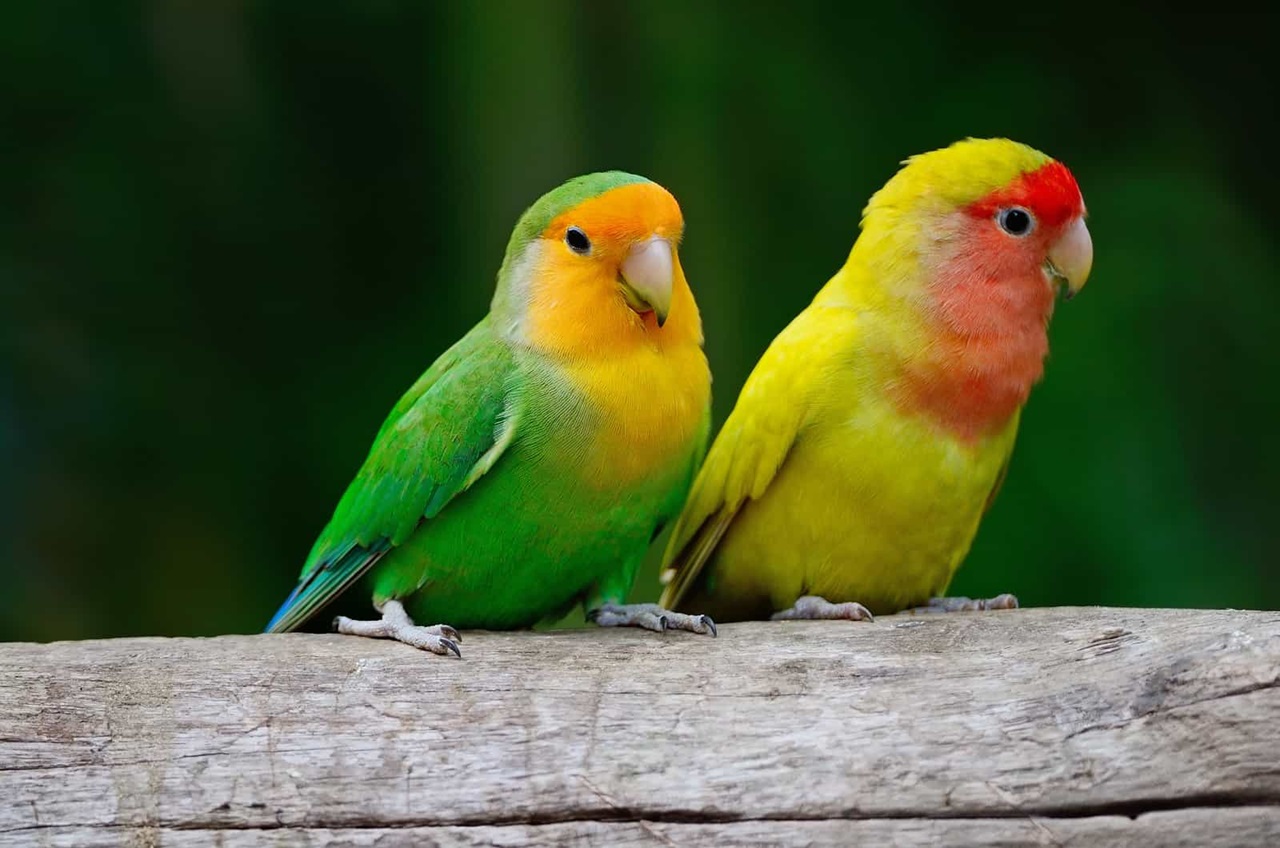
Lovebirds are among the smallest parrots.
Below, we have shared 5 interesting facts about Lovebird parrots that not everyone knows, let's find out right away.
- Lovebirds cannot speak but are very intelligent, they are not able to speak clearly but have good memories.
- Lovebirds are small but very “snobbish” and territorial. If kept with smaller parrots, they can bully and attack their cage mates.
- Lovebirds come in hundreds of different color variations, many of which are considered extremely rare and highly prized in the pet parrot world.
- Lovebirds do not need a mate to thrive. They can do well alone, as long as you interact with them regularly.
- Lovebird is one of the smallest parrots in the world.
How much does a Lovebird cost?
Compared to other large parrots, Lovebirds have a fairly "soft" price, usually only fluctuating from a few hundred to a few million VND for one. Right below is the newly updated price list of Lovebird parrots, please refer to it!
|
Lovebird Series |
Reference price (VND/piece) |
Characteristic |
|
Lovebird (green, pink face) |
300,000 - 700,000 VND/child |
Popular, basic, easy to raise line |
|
Lovebird Lutino (yellow, red eyes) |
800,000 - 1,800,000 VND/child |
Mutant color, beautiful, popular |
|
Blue / Purple Lovebird (mutation) |
1,000,000 - 1,300,000 VND/child |
Rare and sought after color |
|
Lovebird with glasses (Eye-ring) |
700,000 - 1,400,000 VND/child |
Easy to raise, easy to breed |
|
Albino Lovebird |
2,000,000 - 3,600,000 VND/child |
Super rare |
Lovebird Parrot FAQ
Can Lovebirds Talk?
No, Lovebirds do not have the ability to mimic voices like other large parrots.
Are Lovebirds Smart?
Lovebirds are very intelligent, although they cannot speak, they can learn the sounds of some familiar sounds.
How long do Lovebirds live?
If kept in an ideal environment, Lovebirds can live from 10 to 15 years.
Beautiful Lovebird Parrot Pictures
Let's take a look at some lovely, cute moments of Lovebird parrots - small, cute parrots with many colorful colors.
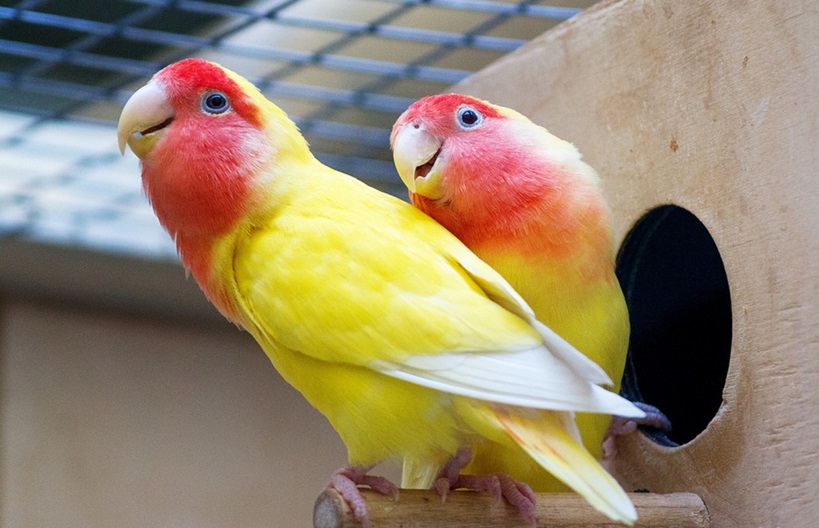
Peach face yellow lovebird.
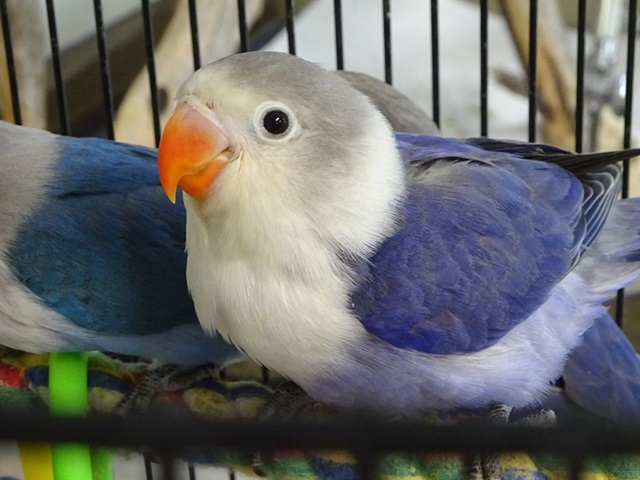
Super cute heart Lovebird parrot.
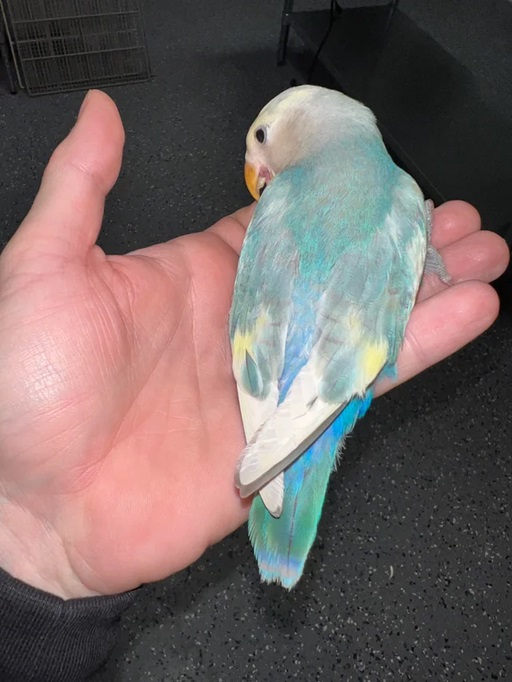
Super cute pied blue Lovebird.
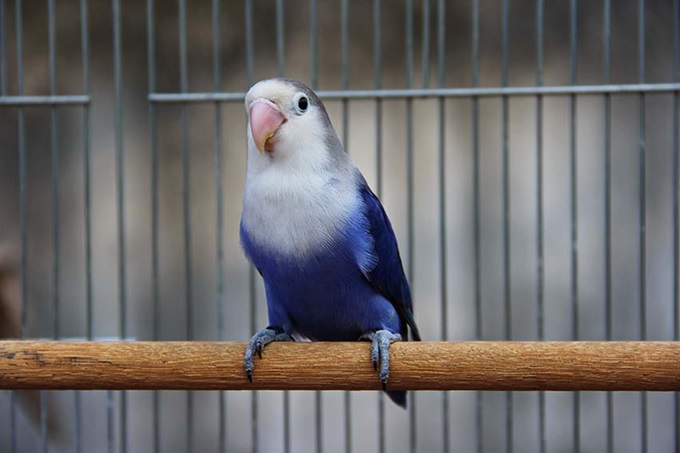
Violet Lovebird - rare colored Lovebird parrot.
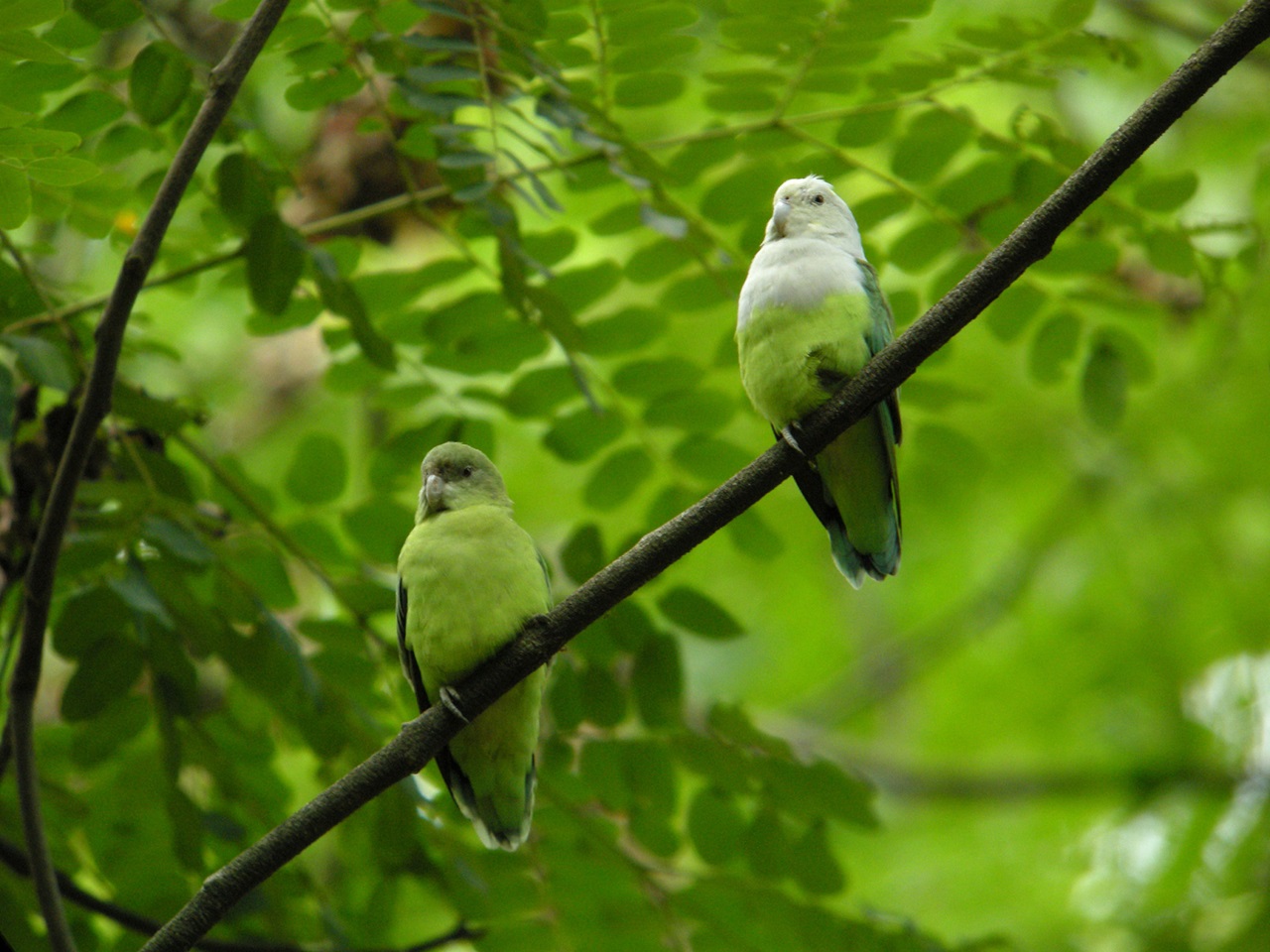
Image of Madagascar Lovebird (Grey-headed) in the wild.
Above, nicebirds.net has introduced to you a lot of interesting and useful information about Lovebird parrots , hoping that you will have more experience to help raise this love parrot easier and more successful. If you want to raise a small, cute, lovely and cheap parrot, Lovebird is not a bad choice.
Don't forget to visit our Blog section to learn more about many other pet birds!

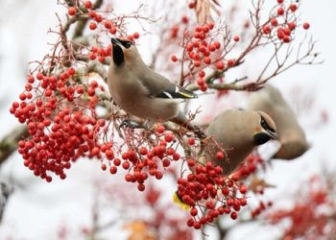

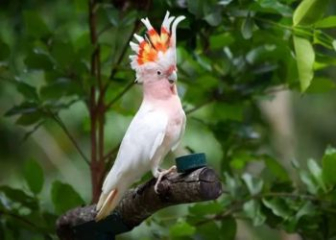
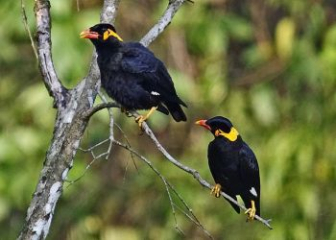
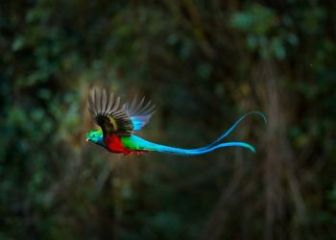





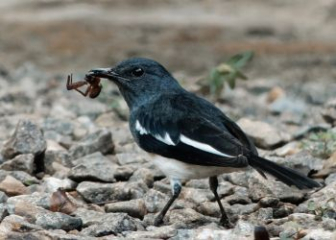
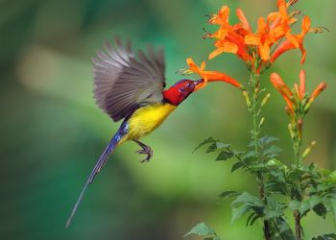


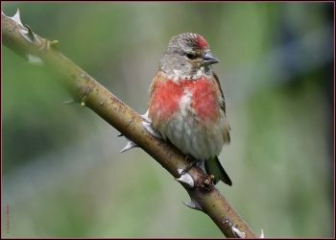
_350x250.jpg)
